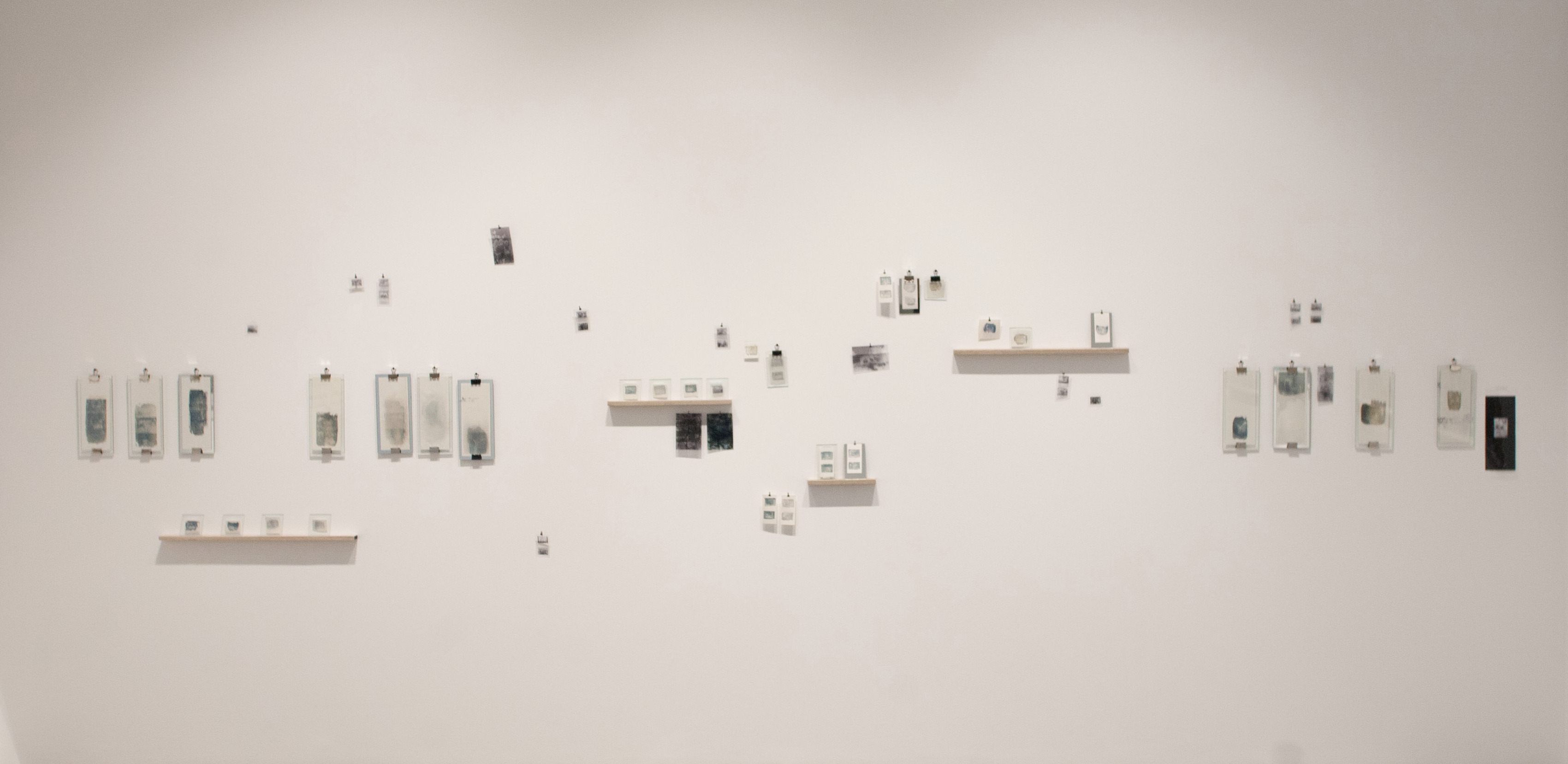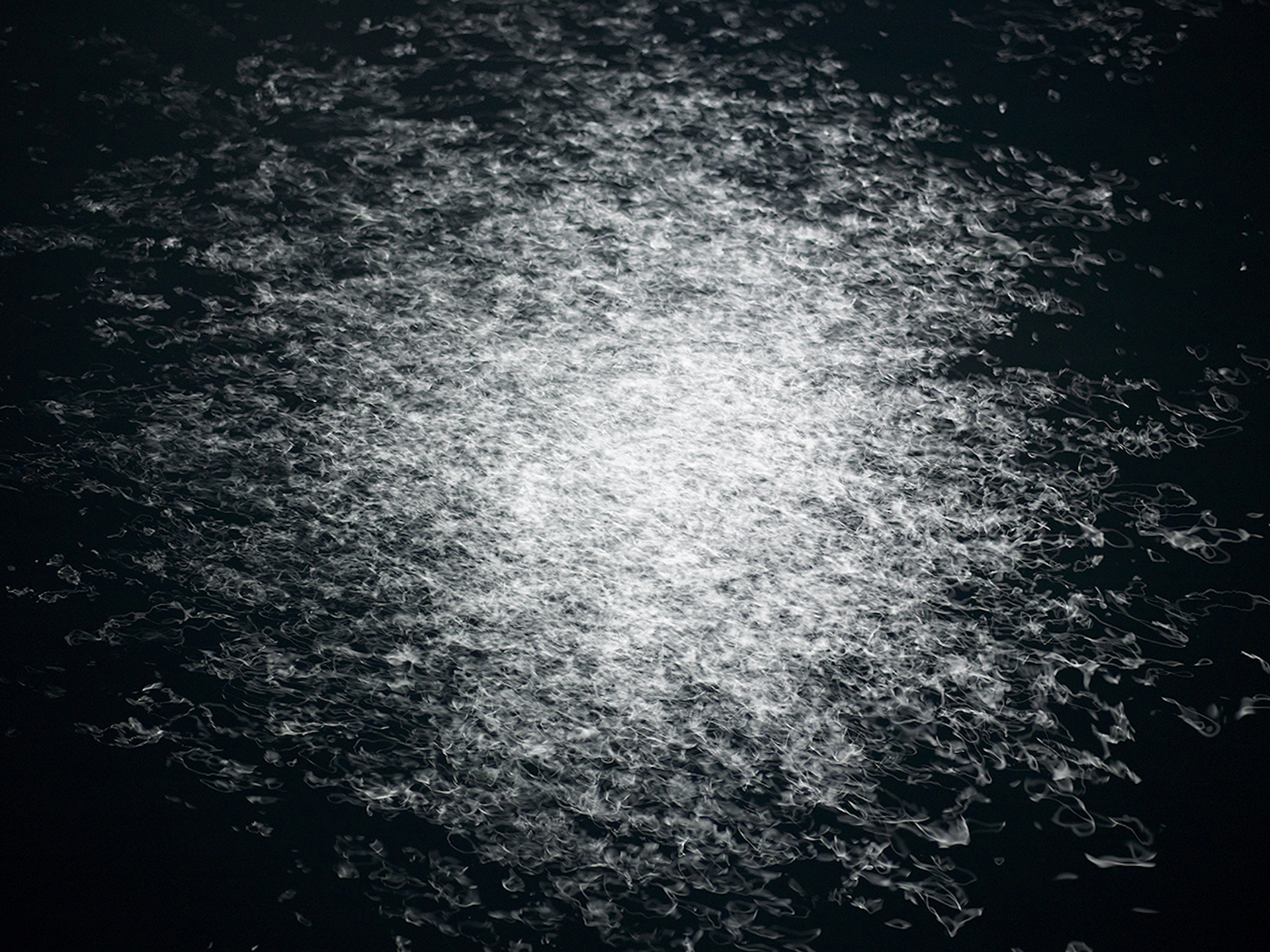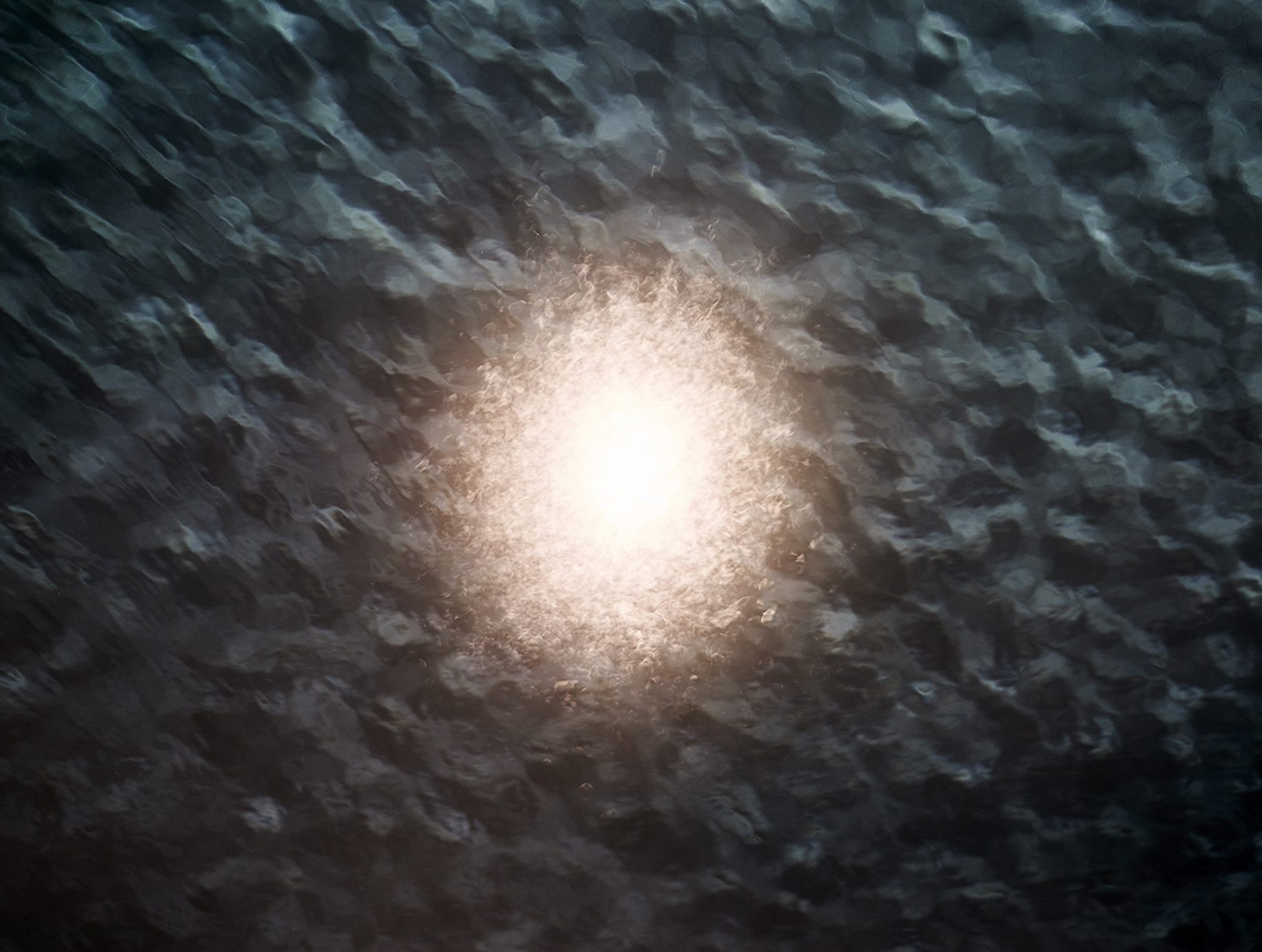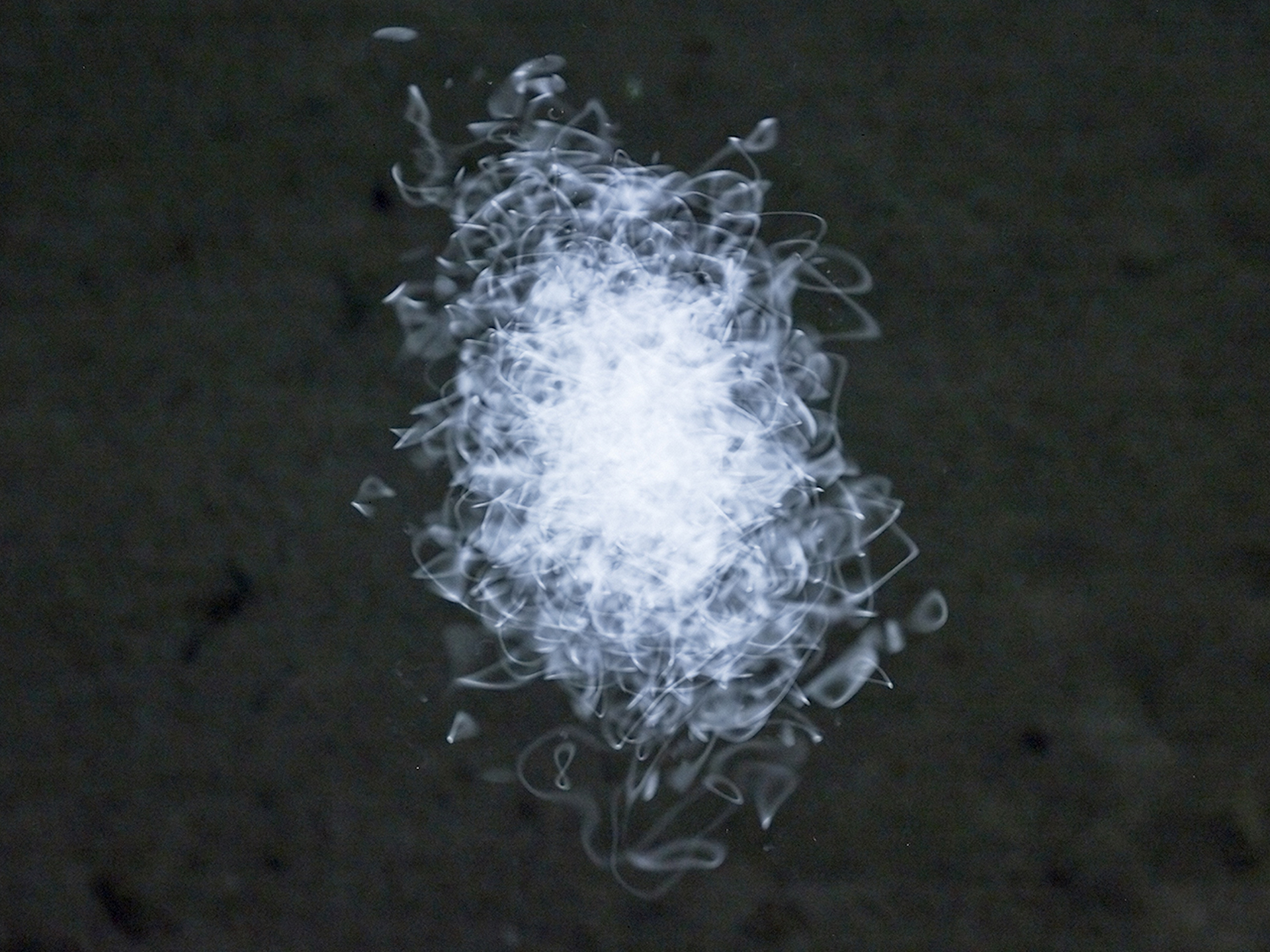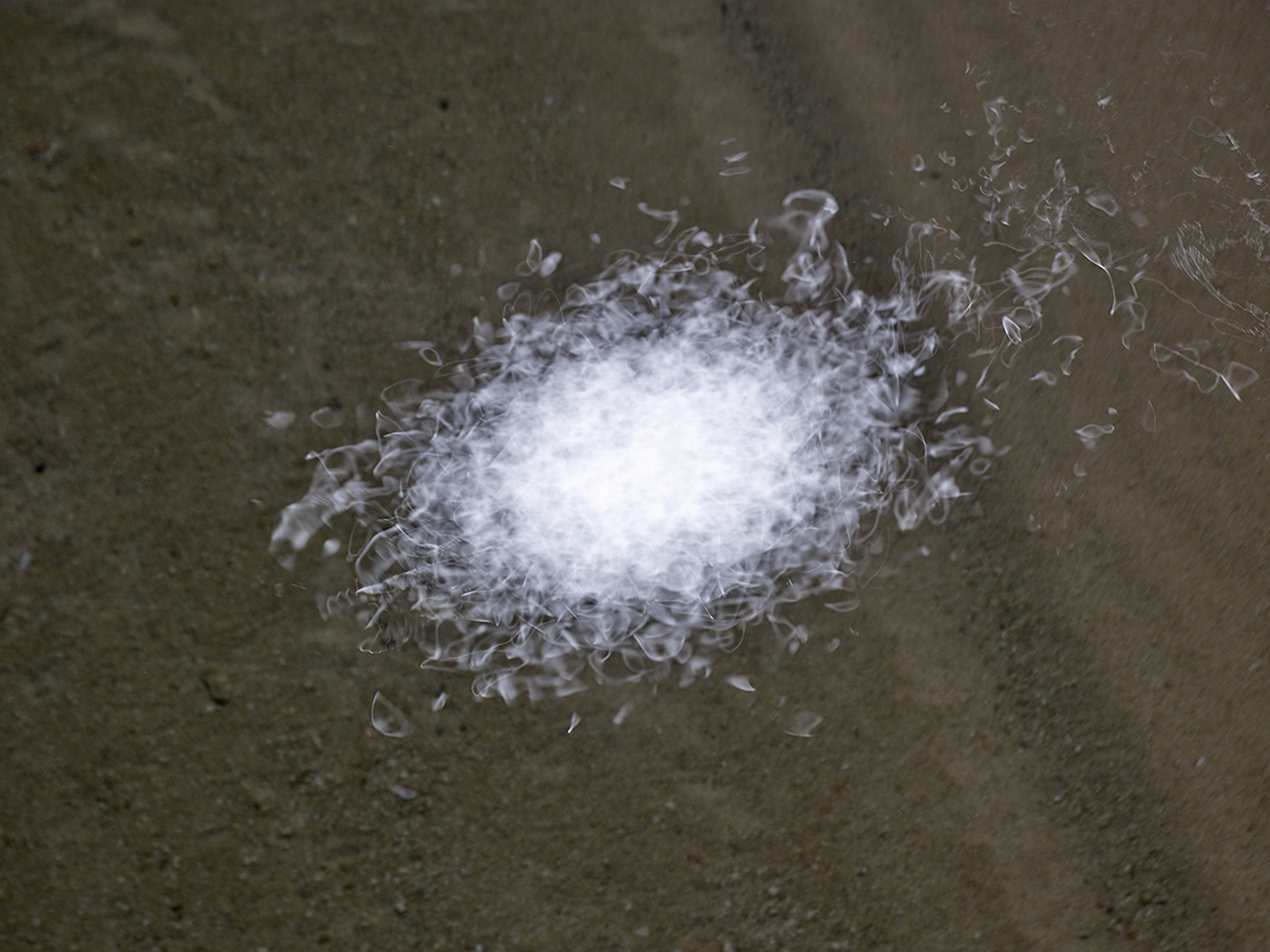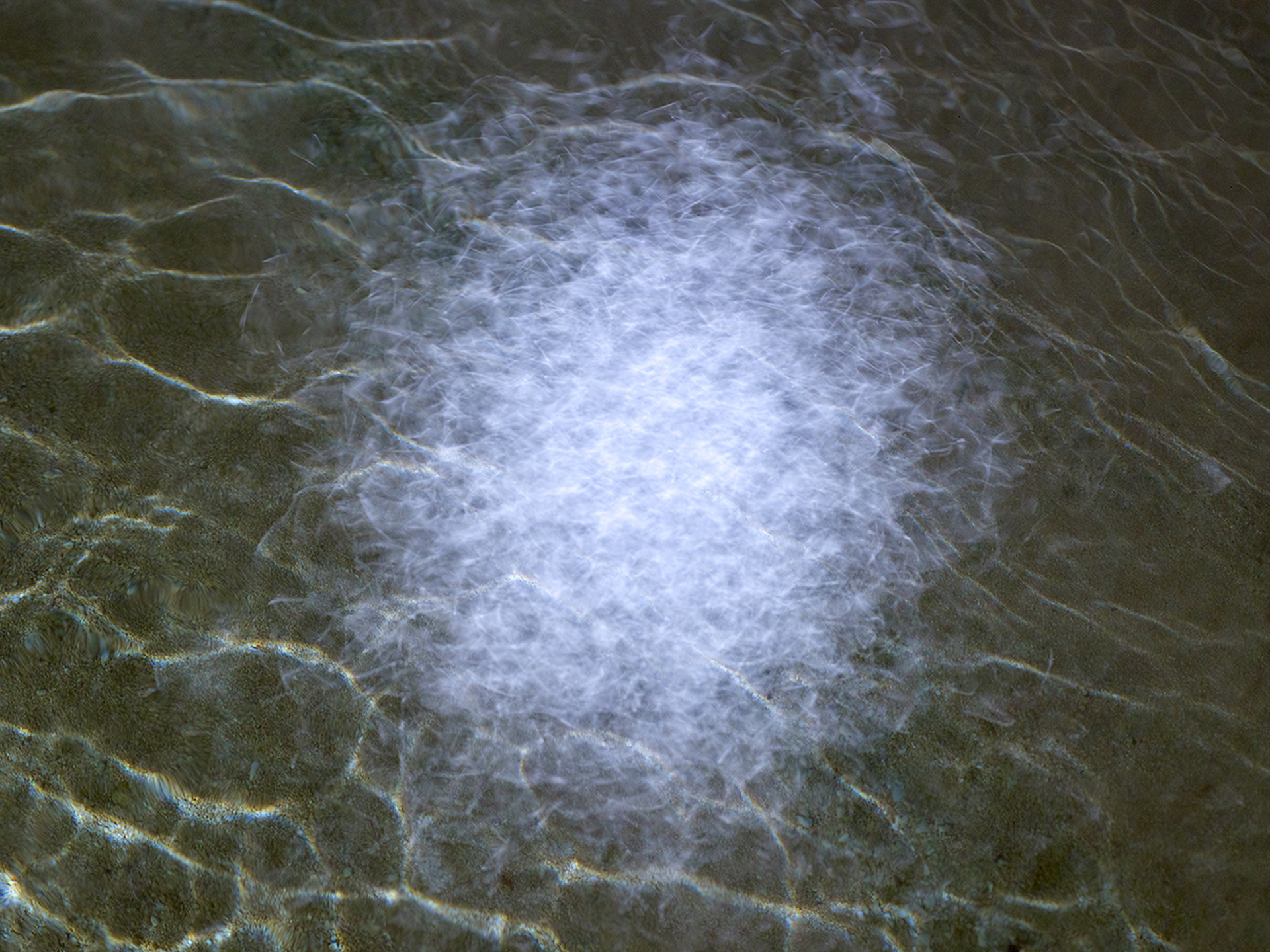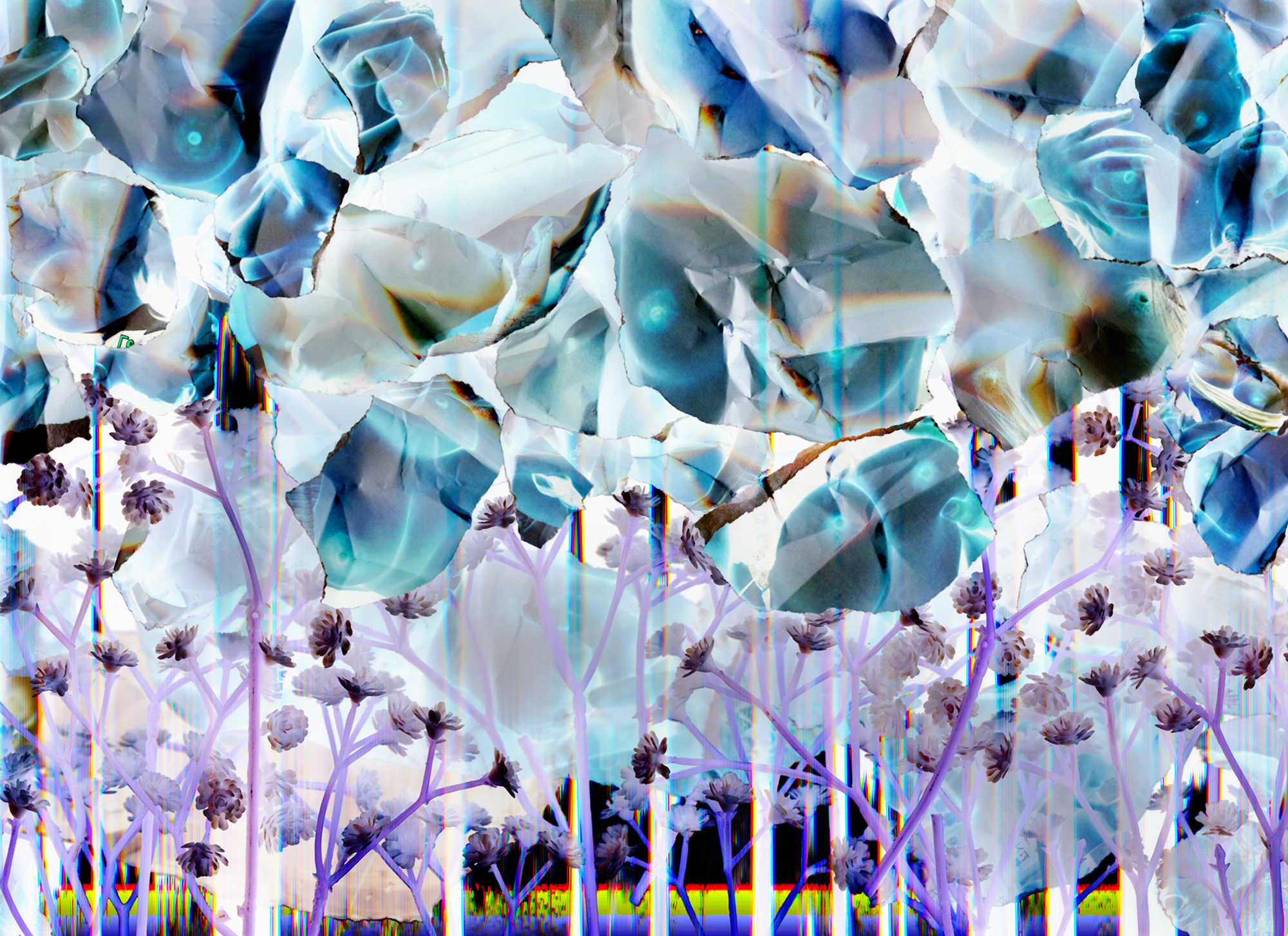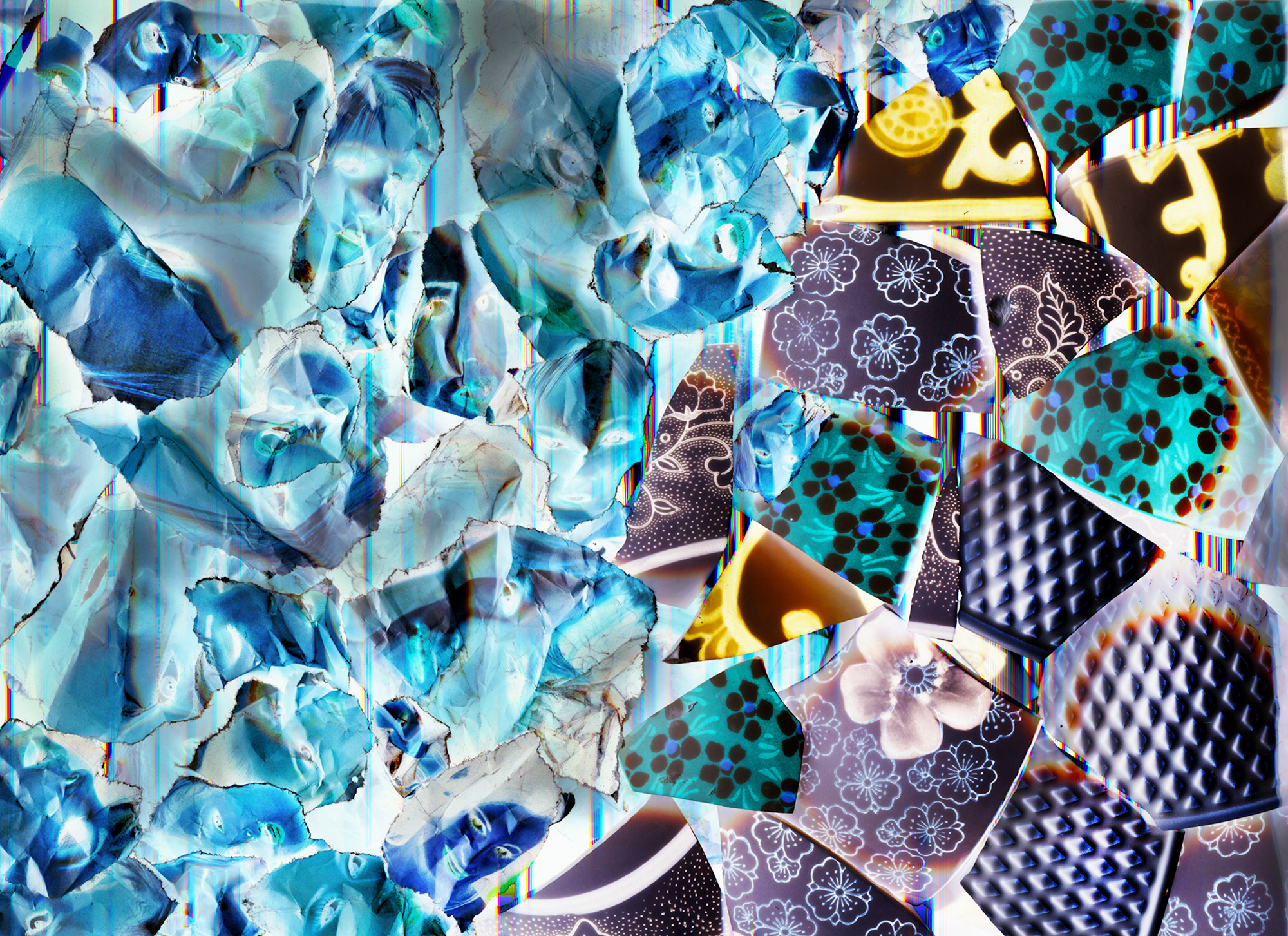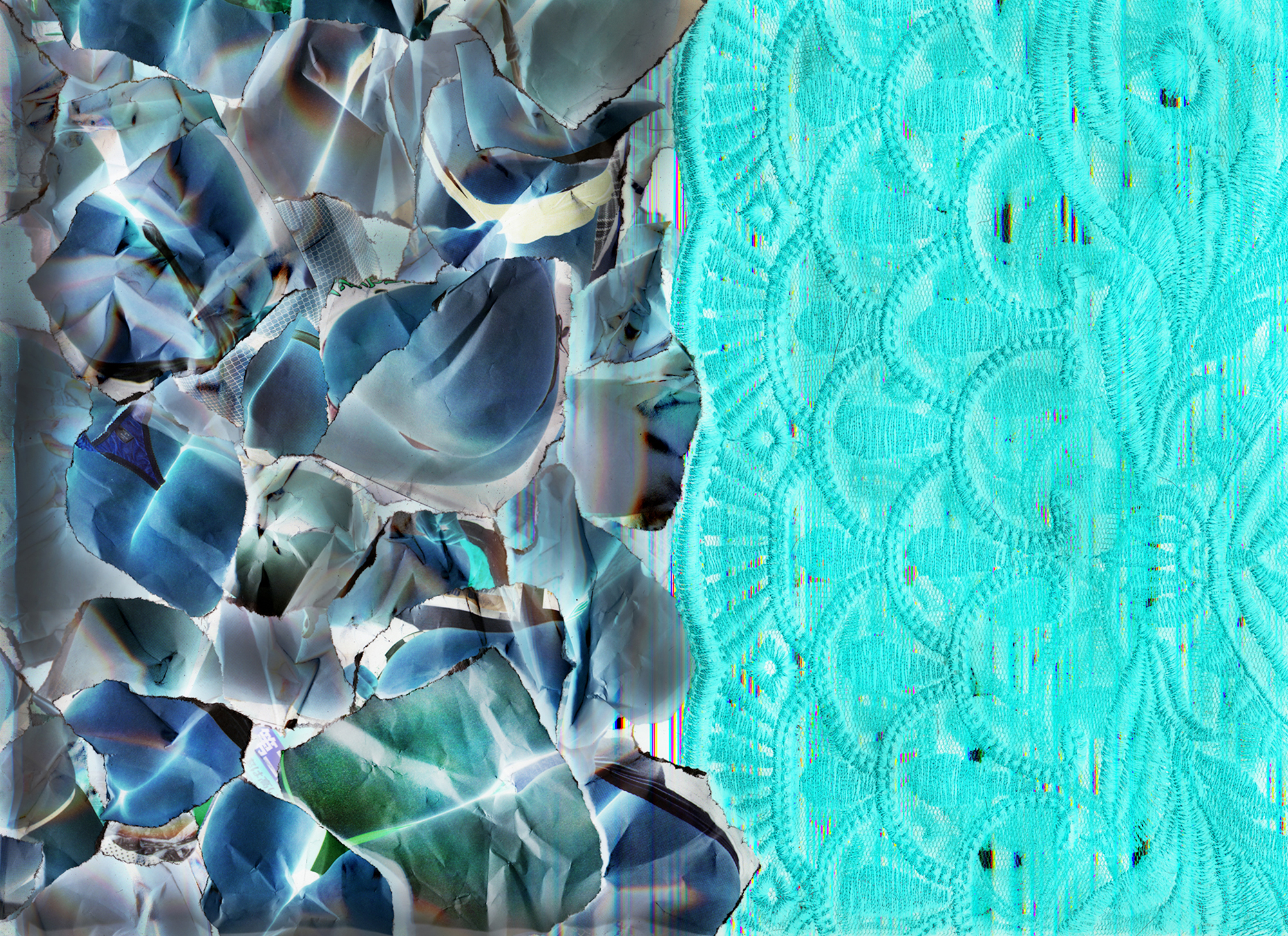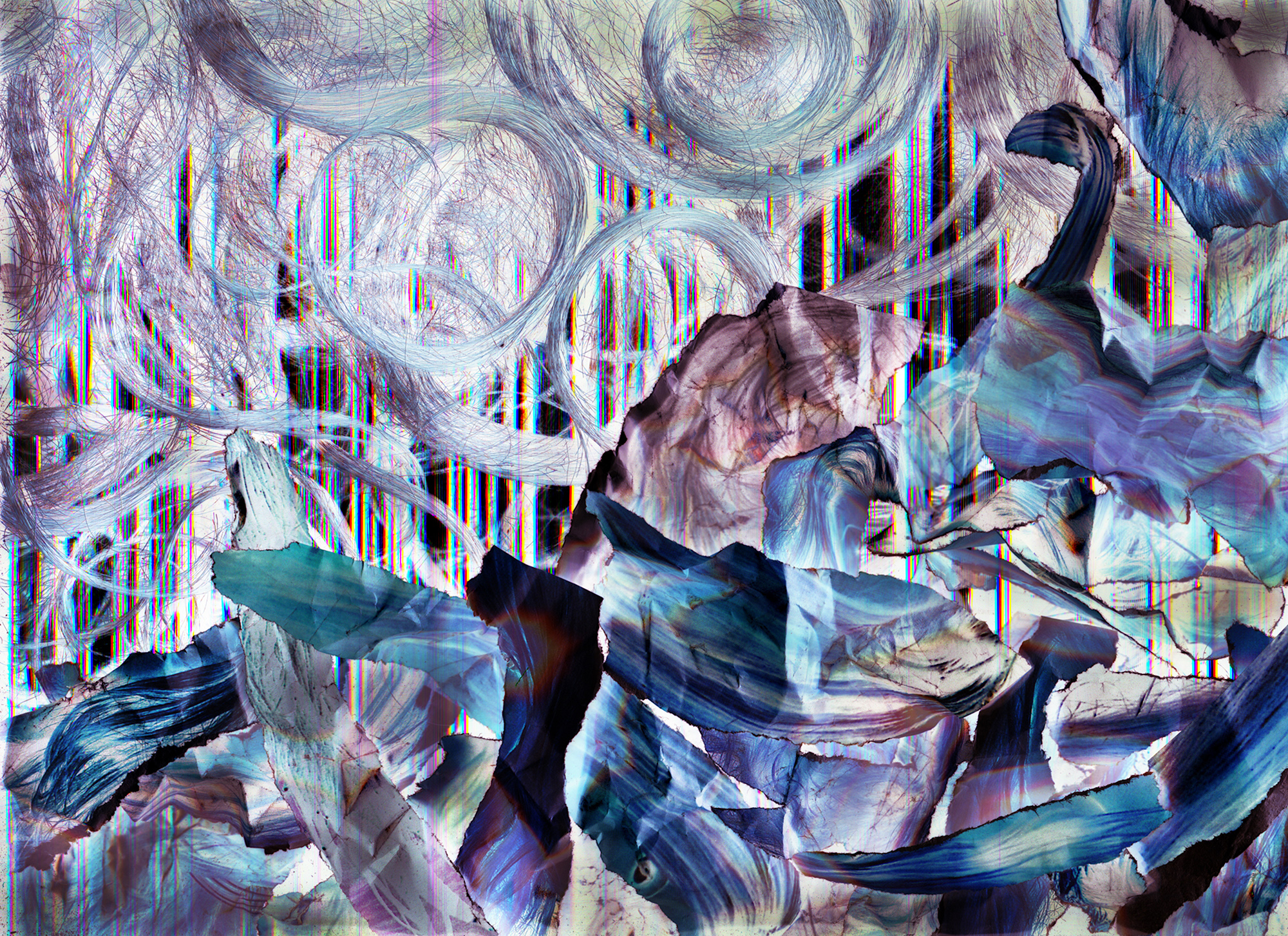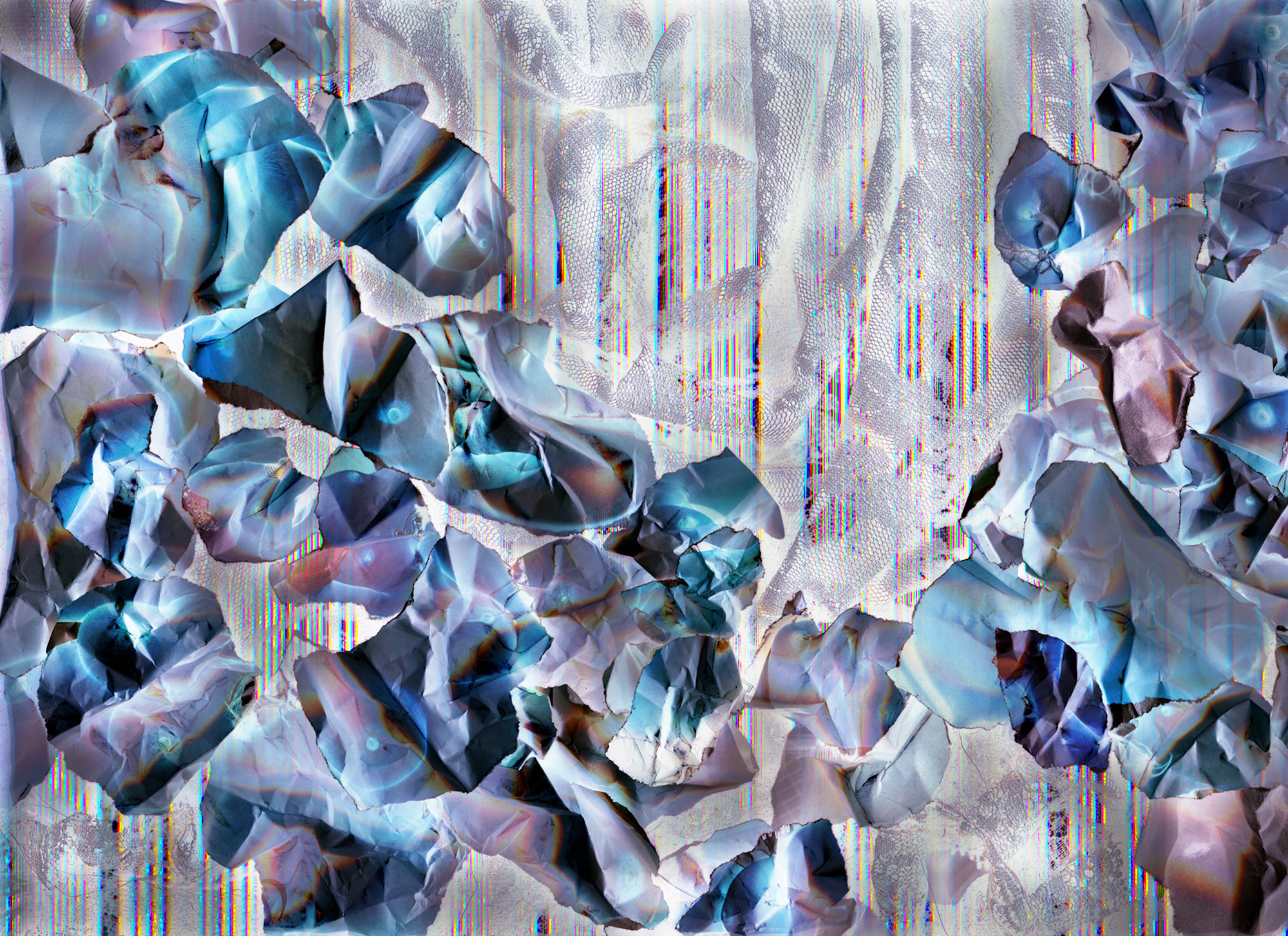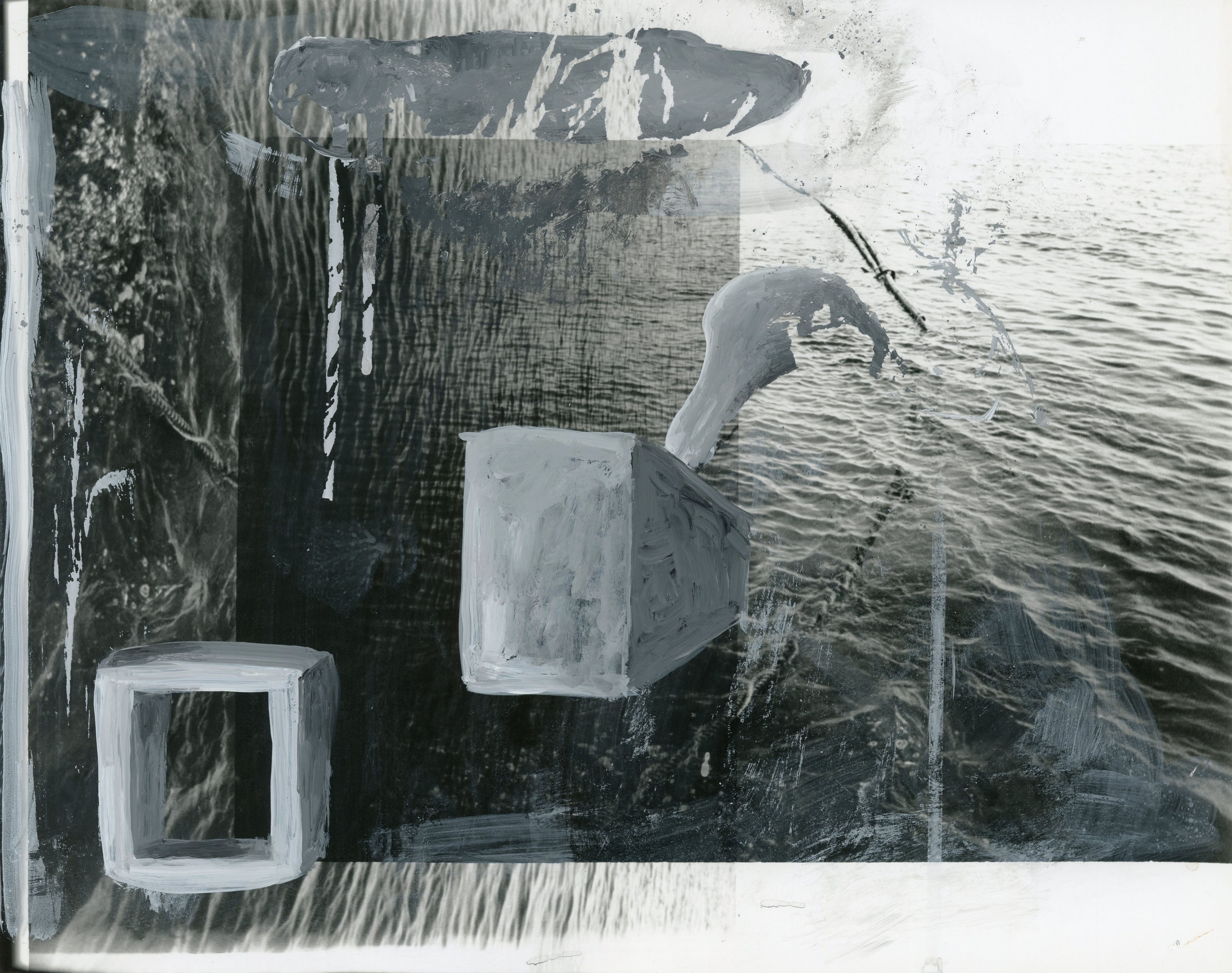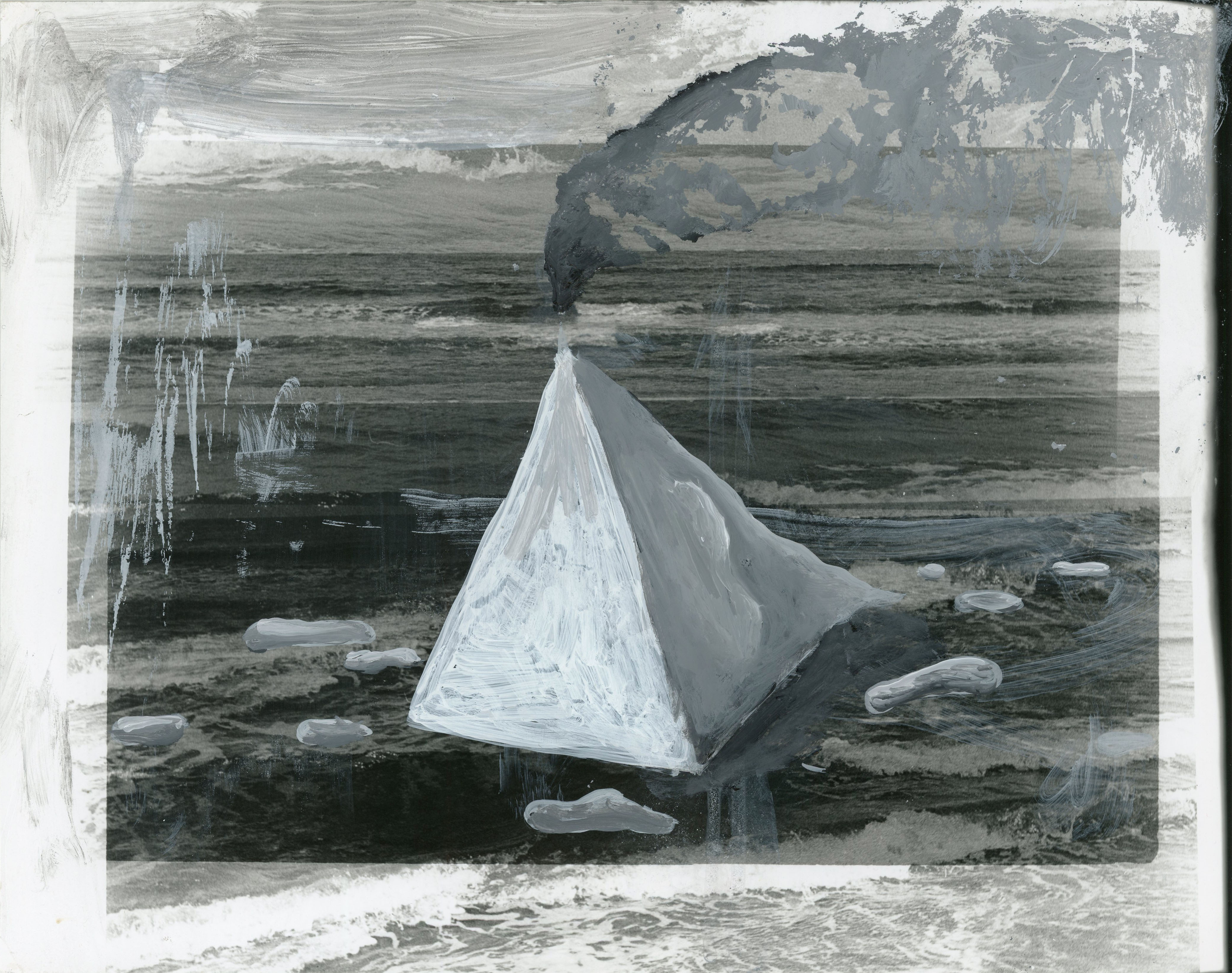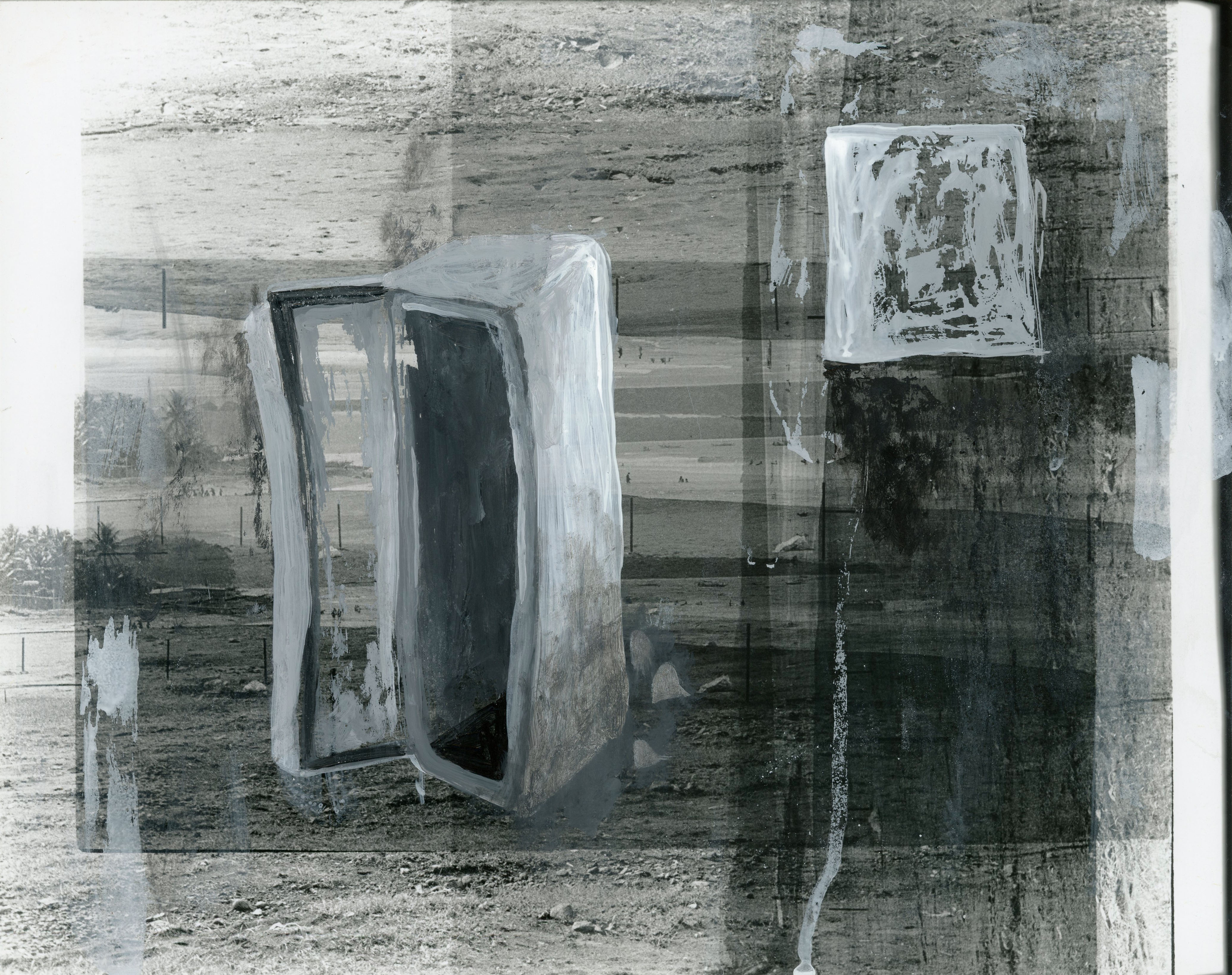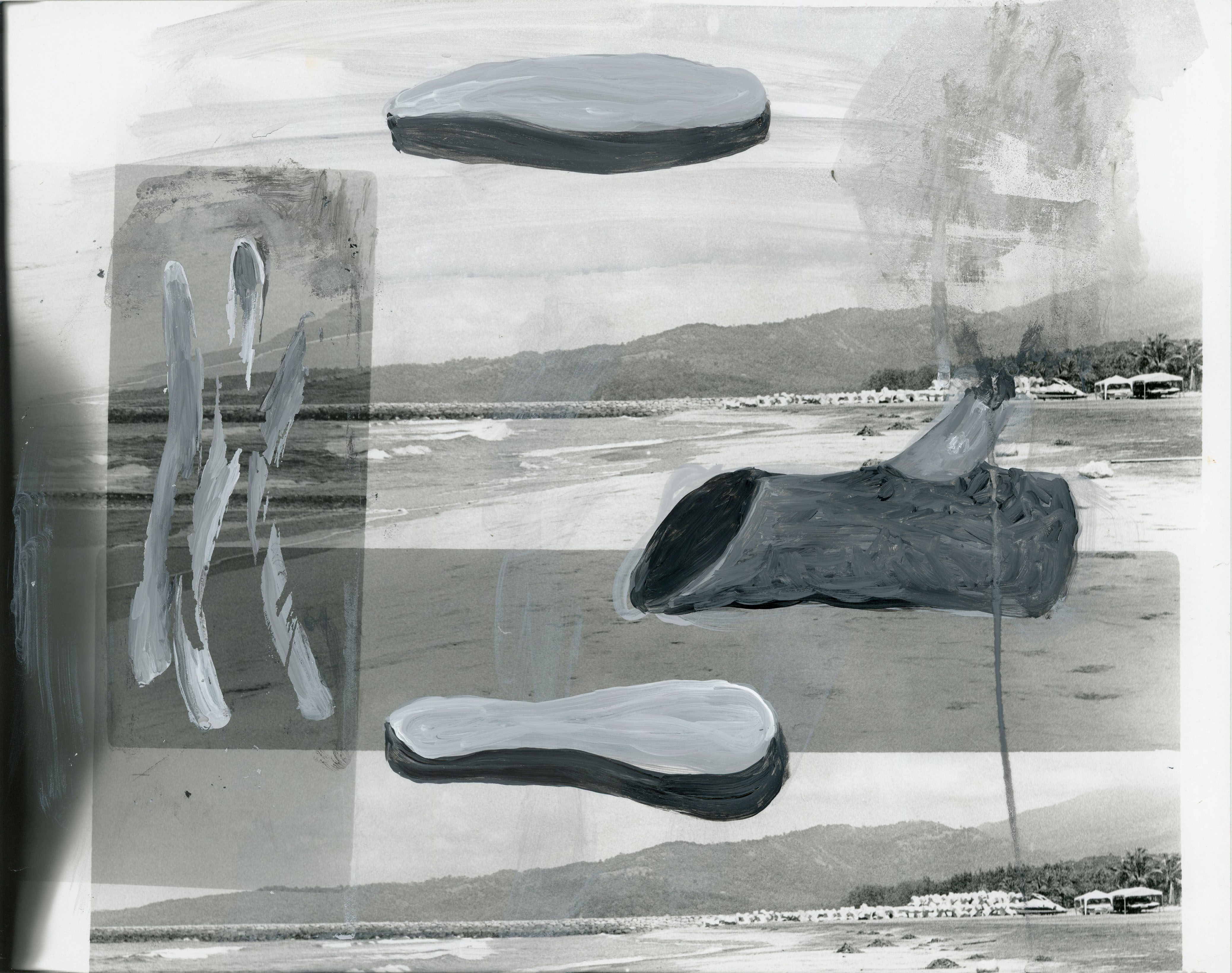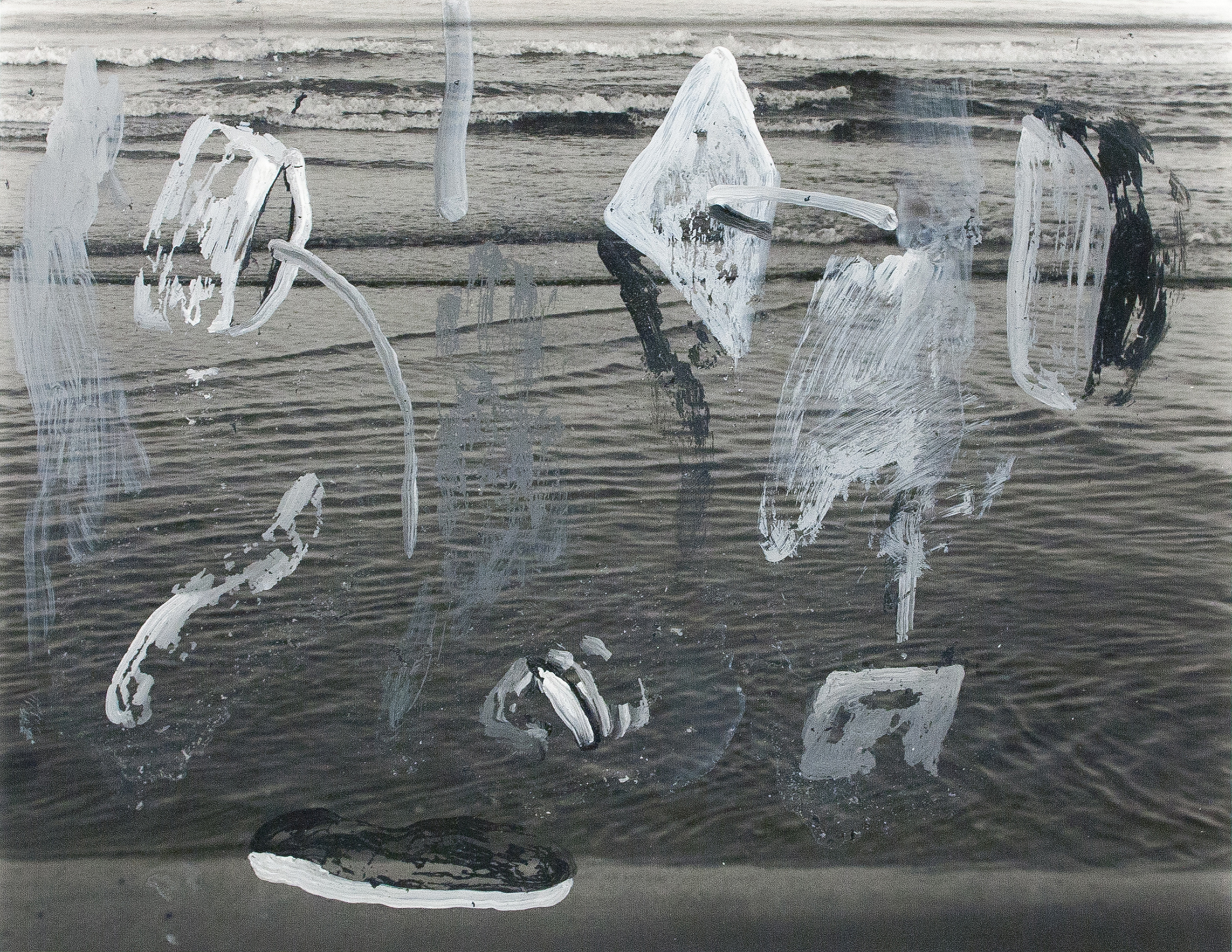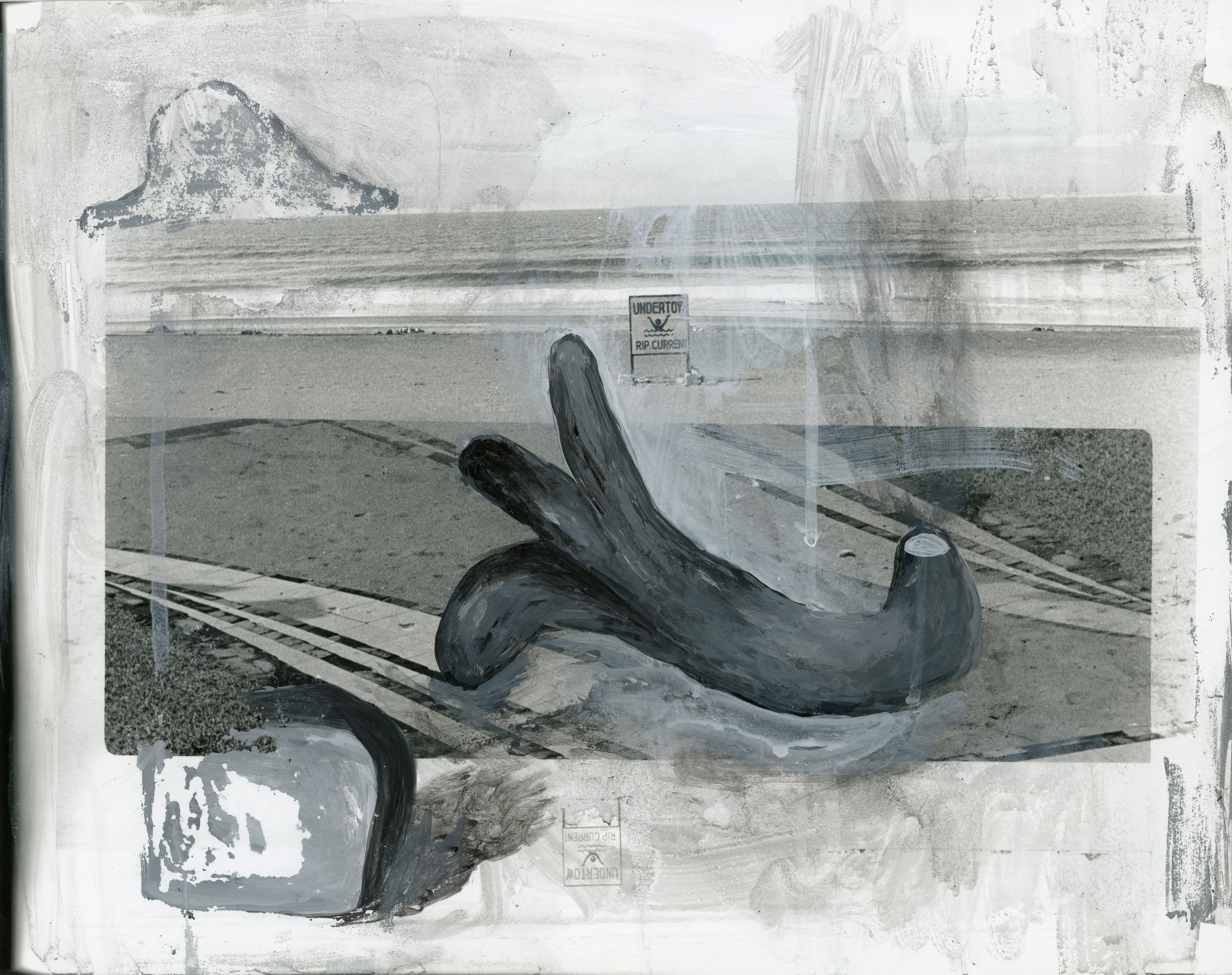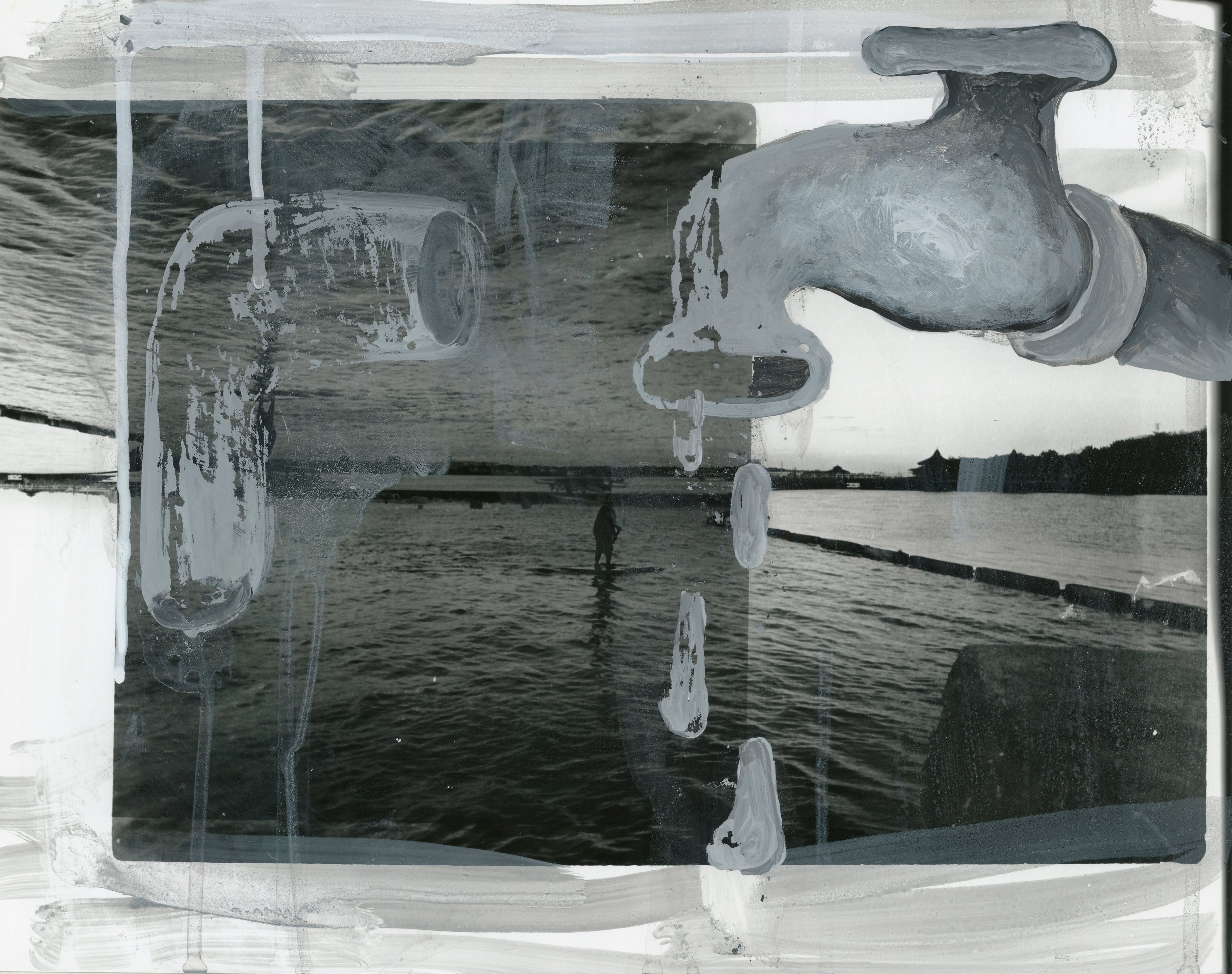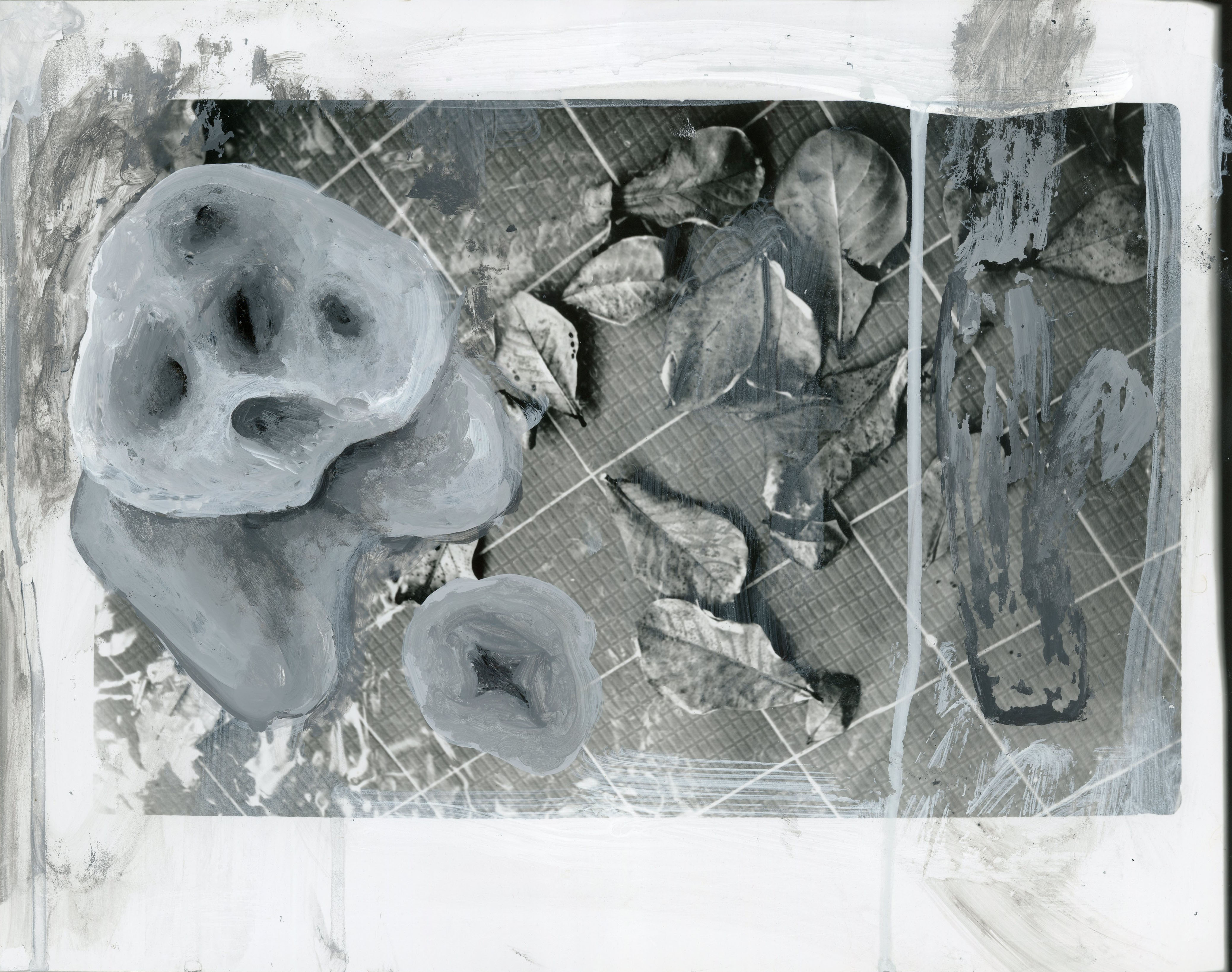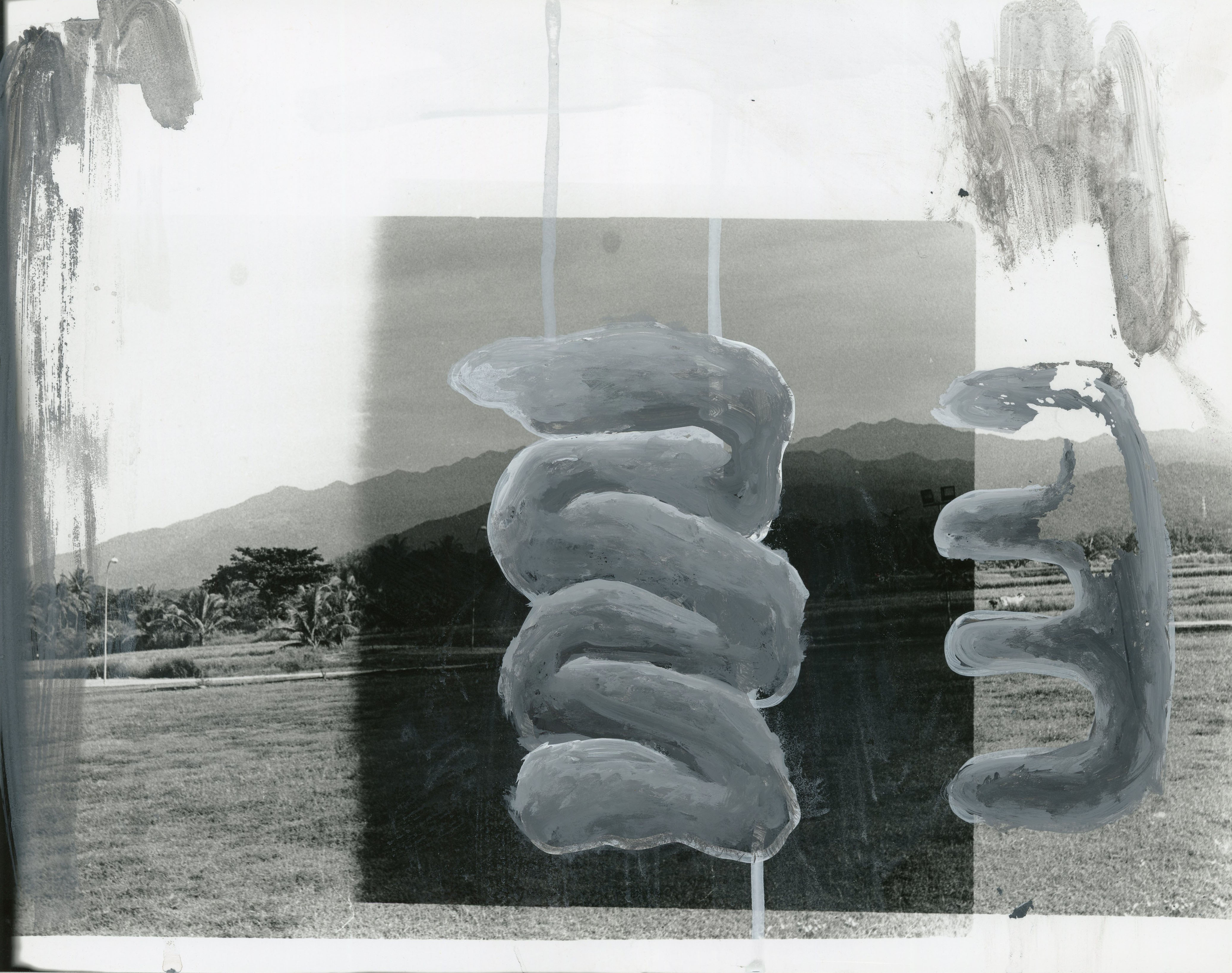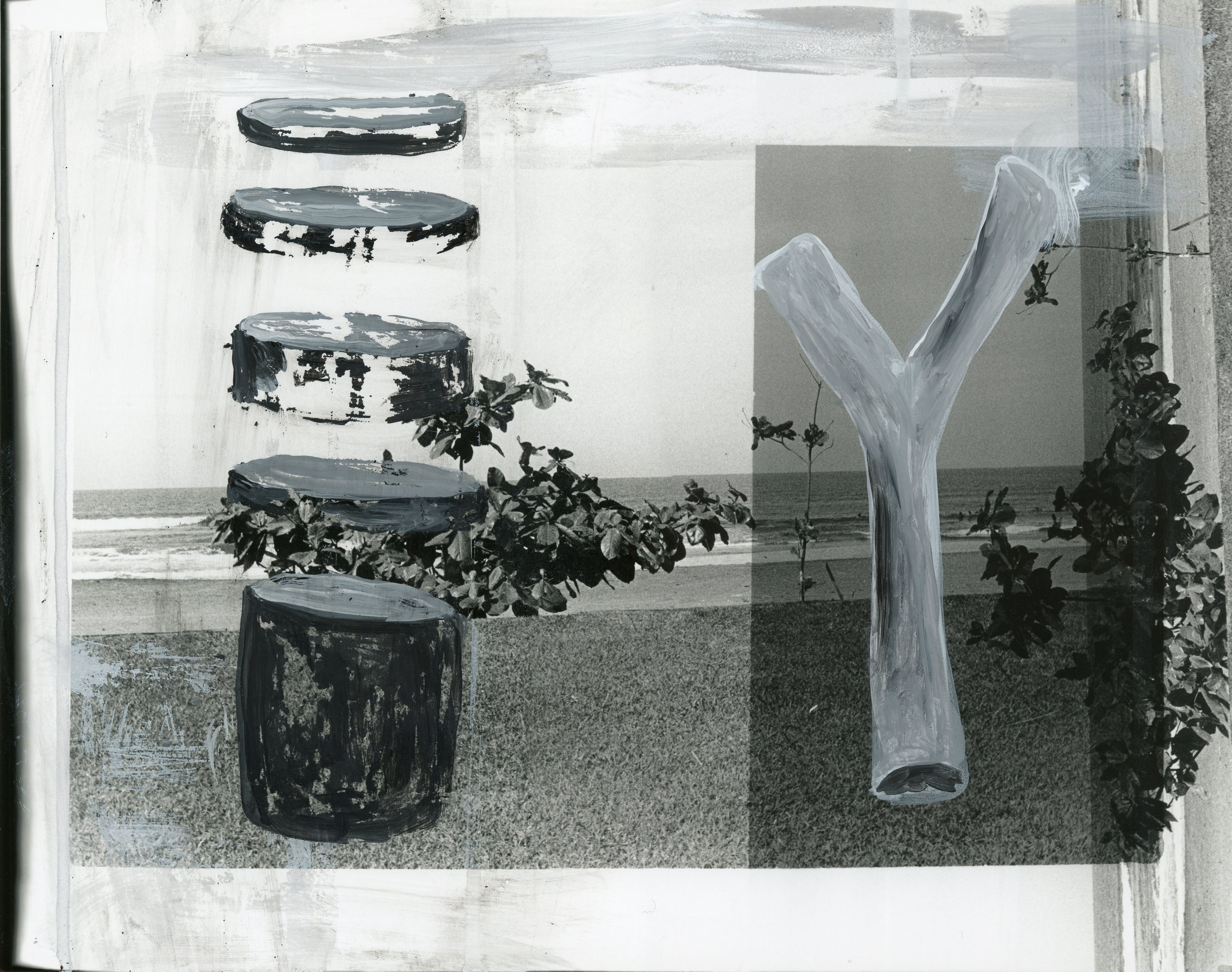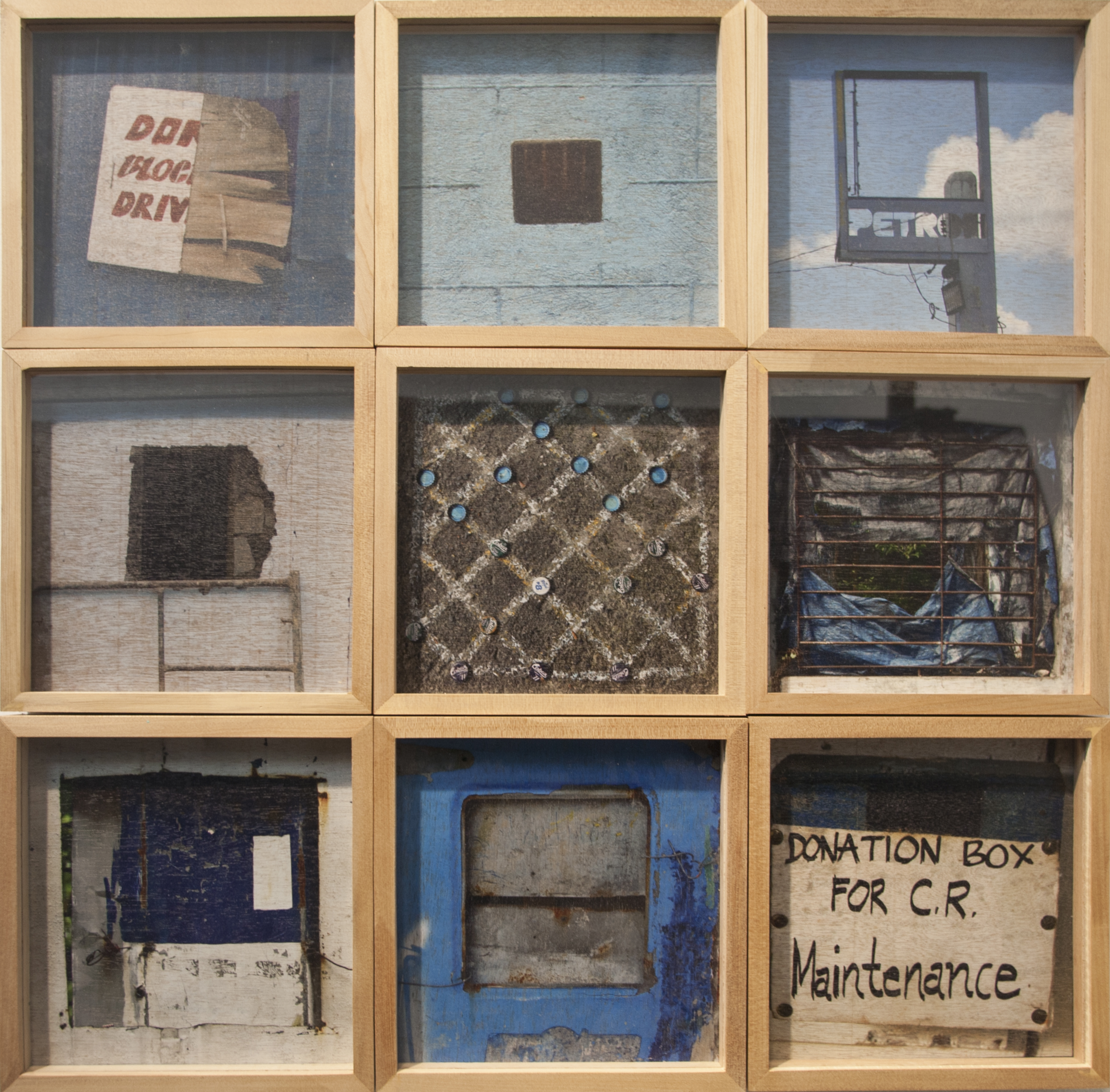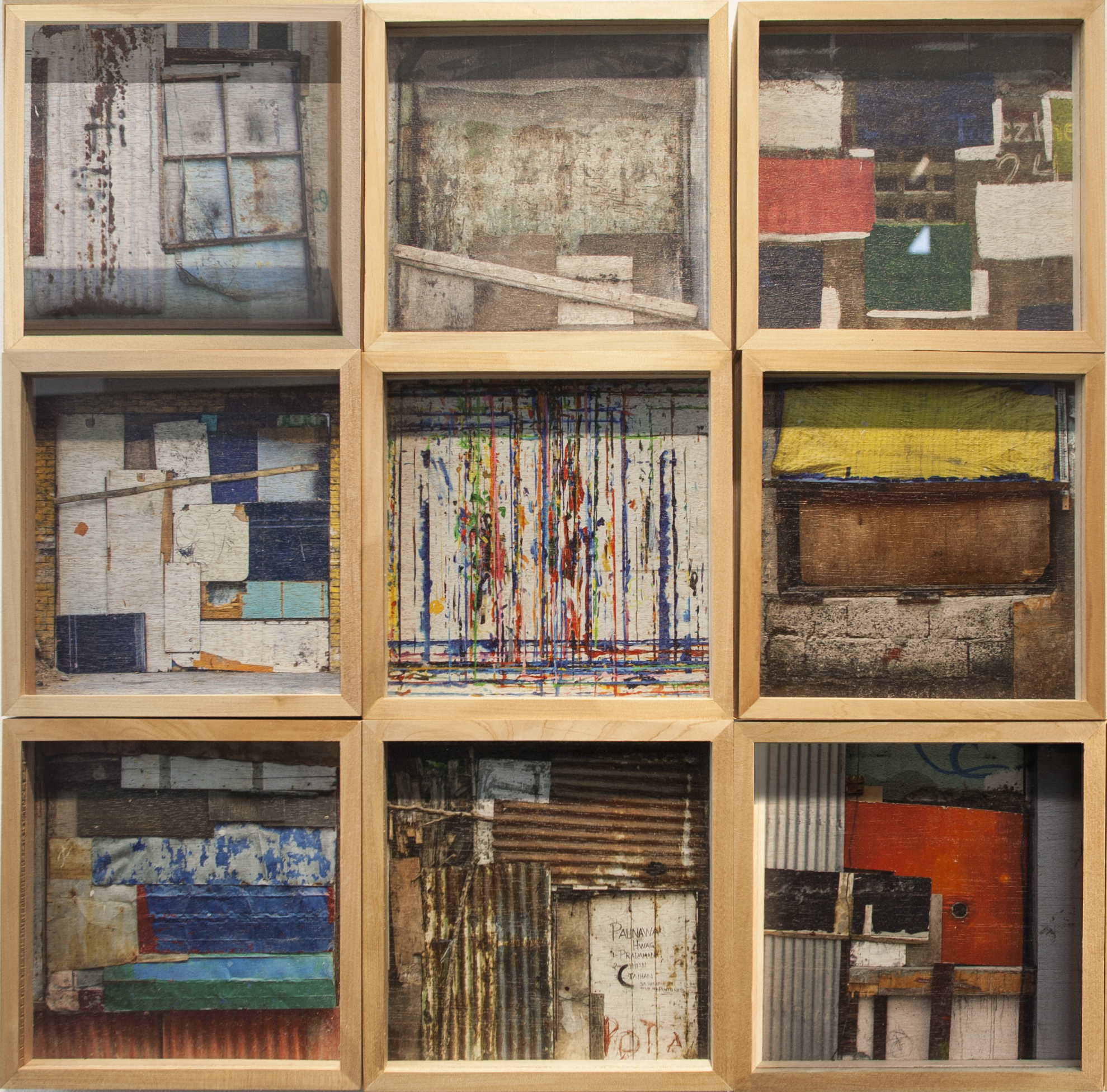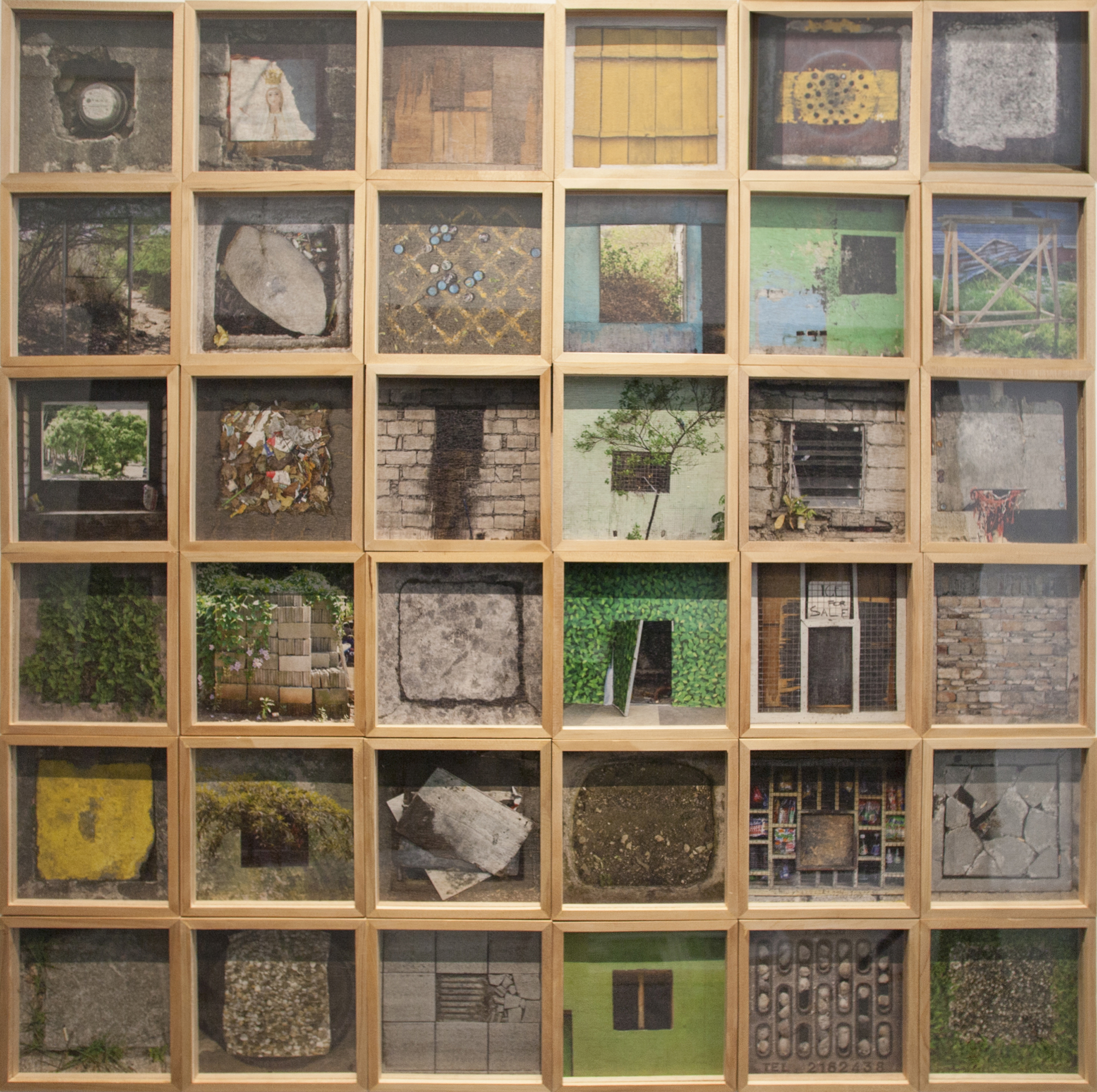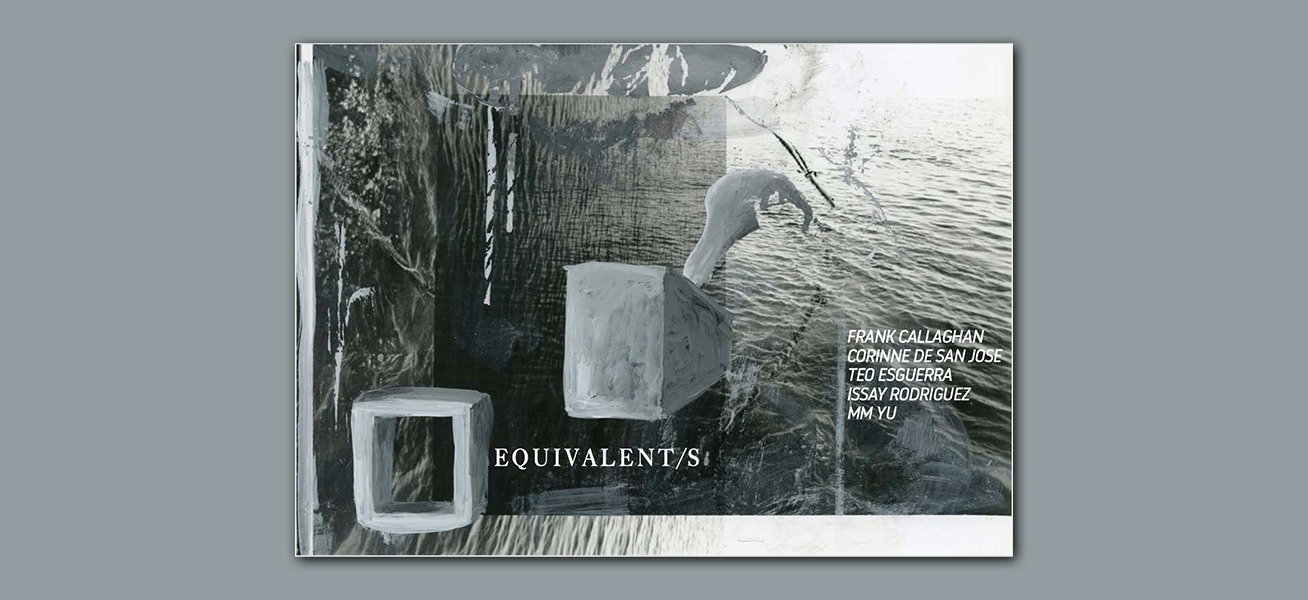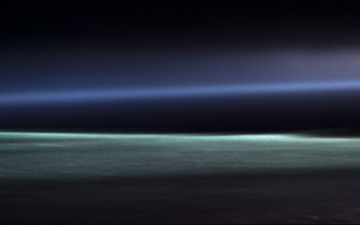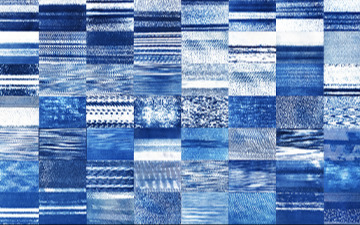
Equivalent/s
Frank Callaghan, Corinne de San Jose, Issay Rodriguez, Teo Esguerra
Curated By Rachel Rillo
Silverlens, Manila
Installation Views
About
SILVERLENS is pleased to announce Equivalent/s, a photography group show curated by rachel rillo. Steering away from the typical photography exhibitions, this exhibition pursues the idea and methods of abstraction in the medium that is photography.
Equivalent/s brings together works of Frank Callaghan, Corinne de San Jose, Teo Esguerra, Issay Rodriguez, and MM Yu.
Photography is often seen as the successor of painting. When photography was used to document, painting turned to an abstract depiction of the things we could not see.
What we know and don’t know about abstract photography:
1. In 1925, American photographer Alfred Stieglitz began his Equivalents series where he took photographs of clouds. These photographs are often recognized to be the first abstract photographs, as the intent was to remove a reading of the subject matter from a literal explanation.
2. “The painter constructs, the photographer discloses.” – Susan Sontag, On Photography
3. A cyanotype is a type of photograph where the image takes the shadow of the object sitting on the paper, given that there is a constant and direct source of light. But what if it is raining?
4. From its beginnings in the 1800s, photography has been used to document. Portraits at the time were often staged and perfect.
5. If we know what we are taking a photograph of, can it really still be called abstract?
6. Is a photograph a reflection?
7. Abstraction is often used in relation to paintings. When painters work in the abstract, they gather source material from things we cannot see, and it is up to them to create their own image. But photography can only take material from visible reality.
8. Can we take a photograph of sound?
9. Film photography was limited to 36 exposures a roll that people who owned cameras often discerned what to document just so that the roll does not go to waste. It’s now easy to accumulate thousands of images so quickly it’s almost wasteful. But what’s wrong with waste?
10. Is it possible to take a photograph of nothing?
Words by Arianna Mercado
Arianna Mercado is a curator and art critic based in Manila. She is the recipient of the 2017 Purita Kalaw-Ledesma Prize for Art Criticism and has worked on projects with the Museum of Contemporary Art and Design and the Cultural Center of the Philippines. She is currently the curator and manager of Calle Wright, a non-profit art space located in Malate, Manila.
Frank Callaghan (b. 1980, England) is a Manila-based artist working with photography. His work has been exhibited in Manila, Singapore, Japan, Hong Kong, France, Denmark, and the Unites States. He received the Ateneo Art Award in 2015 for Dead Ends, and was shortlisted for the same award in 2010 for Dwelling and in 2011 for River of Our Dreams. He holds a degree in Economics from the Wharton School of Business of the University of Pennsylvania.
Callaghan works almost exclusively at night, using long exposures to shoot in near darkness. He approaches photography as a language, and is interested in its ability to express ideas that words cannot. His practice explores the nature of photography and its mechanisms, like exposure and compression. For Callaghan, “A photograph is an exposure of a light sensitive material to light, that compresses form, line, colour and shadow to a flat surface. At the same time it can capture and compress energies of other kinds—energies of the artistic process, decisions, traces of memories, emotions, experience, gestures.” Callaghan works in series.
There’s Corinne De San Jose (b. 1977, Bacolod) the award-winning sound designer and there’s Corinne De San Jose the multi-disciplinary artist. There’s the overlap where her seemingly divergent modes of creation gains a synergy, a coherence. Her film work draws more parallels with her art than is apparent at first blush, the way in which it is more than a mere enhancement of the narrative. Her work outside of film not only corrals multiple disciplines. They constantly interrogate structure, form, and process as integral to the work itself. The photographic image, regardless whether it’s static or not, is De San Jose’s base matter, but there is both a self-reflexively sculptural and performative aspect to the work. The image becomes a sort of object that undergoes varieties of alteration which she documents. Recurrence and repetition are constant themes and maneuvers in her work, pre-occupied as it is with gender identity, the cyclical nature of time and with tapping into the potency inside clichés and stereotypes. (Dodo Dayao)
The context of Teo Esguerra’s (b. 1990, Philippines) works mostly revolve around memory, everyday experiences, and personal thoughts. It is important for him to do honest work that he truly understands. In his practice he interprets fragmentary memories, experiences and realizations, in a metaphorical way. The paint is the representative of himself. While the photo is the contribution of reality that he can never fully control.
It is important that photographs be integrated into his works. Because a photograph is a tangible and concrete recording of a memory, something that one cannot fully control. It is also important to note that, shooting in film, developing and printing his works in the darkroom as much as possible, is an essential part of the process. For this also helps him to slow down, and meditate further in his image making.
Issay Rodriguez’s (b. 1991, Manila, Philippines) practice is an amalgamation of all the influences she has accumulated and experienced as a co-producing laborer and collaborator. She works towards developing modes of articulation that uses strategies of chance, accuracy and reconfiguration. She employs a collage of techniques to convey a fusion of identities, places and memories. The possible narratives are derived from converging and diverging processes, spaces, materials, contexts and situations.
Currently shifting her focus to a more research-oriented and community-based approach using digital media and photography as the most viable, accessible, democratic and widely used medium of the contemporary generation, Rodriguez thinks about image and object-making to counter alienation caused by daily dose of technology that envelopes post-modern life. In her process, she reflects many layers and approaches to exploring the concept of nostalgia through the use of the Internet and other technologies made available today. Without verisimilitude as the main goal, she explores on ways to combine them with timeless but classical laborious modes of production in the field of Fine Arts like technical drawing & painting and tactile/sensory, sometimes participatory, art projects in this age of fascination for the fast, instant but distressing world of optical pleasure.
Rodriguez obtained a Bachelor of Fine Arts degree at the University of the Philippines, Diliman and was awarded the Outstanding Thesis Award and ”Gawad Tanglaw” in 2013. She also studied as an exchange scholar at the Ecole Nationale Superieure des Beaux-Arts, Paris under the auspices of the French Government where she took short courses on Fresco and Wood carving for their classical old-world charm. She has exhibited her works in Venice, Hanoi, Ho Chi Minh City, Jakarta, Taipei, Manila, New Delhi, Dubai and Paris. She has also been selected to participate in the exhibition Viva Arte Viva held at the Central Pavilion for the 57th Venice Biennale in 2017.
MM Yu (1978, Manila, Philippines) has worked between photography and painting since obtaining her degree in Fine Arts from the University of the Philippines in 2001. Her works in both media tackle the nuances achieved between composition and color as they occupy the frame. Primarily drawn to street photography and documenting the everyday, her photographs evoke the ever-changing cultural texture and topology of Manila as seen through its inhabitants, the city’s infrastructure and its waste product as it archives not only the economy but also the ecology of life in the myriad forms it takes in the city.
The hybrid and density of MM Yu’s subjects remind us of how objects and signs are not necessarily self-contained but take part in larger systems of interaction. These recorded static scenarios show through their thematic variety the artist’s interest in discovering and valuing the fleeting moment present even in its simplest components. Through her ongoing interest in deciphering the enigma of the unseen landscape of ordinary things, they also force us to rethink what our minds already know and rediscover what our eyes have already seen.
Yu is a recipient of the Cultural Center of the Philippines 13 Artist Award (2009) Ateneo Art Awards (winner in 2007, shortlisted in 2011/2012). Sovereign Asian Art Prize finalist (2010) and Goethe-Institute-Climate Change workshop grant (2014).
She received her BFA in Painting from the University of the Philippines and completed residencies with Big Sky Mind, Manila (2003), Common Room Bandung Residency Grant (2007) and Cité Internationale des Arts in Paris, France (2013).
Works
